
Watercolor paintings
BUY A WATERCOLOR PAINTING CARRÉ D'ARTISTES
Are you considering the purchase of a watercolor painting?
Watercolor painting is known for its elegance, softness, and creativity. Although it has been traditionally associated with landscapes, contemporary artists now use this versatile medium to create a wide range of styles. Learn about the history and techniques behind this delicate art form, which results in soft and fluid masterpieces.
Would you be drawn to a watercolor painting of flowers or landscapes? Or maybe an abstract watercolor painting?
Let us help you choose the ideal piece from our collection of original watercolor paintings for sale, featuring rising contemporary artists.
Read more
WHY PURCHASE A WATERCOLOR PAINTING?
Buying a watercolor painting can be an excellent decision for art enthusiasts and aspiring collectors. Watercolors add a sophisticated and creative touch to your home decor.
This technique involves blending water with pigments to create delicate, translucent color effects. Watercolor art is often celebrated for its natural beauty and its ability to capture the essence of a landscape or scene.
1.png)
HISTORY OF WATERCOLOR ART
The history of watercolor painting dates back to prehistoric times. Early humans combined water with natural mineral pigments to create the cave paintings found at sites like Lascaux, representing animals.
Watercolor art found its footing in the Middle Ages when it was used to teach calligraphy and illustrate historical manuscripts. Albrecht Dürer, a German artist, played a key role in popularizing this technique. His famous works, like The Hare and A Pond in the Forest, emphasize the detailed realism characteristic of Humanist art.
Professional watercolor artists then expanded its use to botanical illustrations, utilizing its unique color tones and textures to add depth to their canvases.
Today, contemporary artists use watercolor painting to explore all styles of art, from landscapes to urban scenes. Vassily Kandinsky’s First Abstract Watercolor is a prime example of how this medium is not confined to traditional subjects.
How is watercolor painting created?
Watercolor is known for its quick drying time. Unlike oil painting, watercolor allows artists to pause and resume their work easily. Its fine lines and gentle washes of color offer artists the ability to achieve unique chromatic effects. A great example is Turner’s Albrecht Dürer, which evokes a misty landscape with a moody atmosphere.
The flexibility of watercolor lets artists make adjustments by manipulating water levels. However, it requires careful control of water to avoid disturbing existing layers. Artists often start with light colors to prevent them from being overpowered by darker shades.
Because watercolor pigments are sensitive to light, it’s recommended to use Arabic gum as a binder to enhance the vibrancy and durability of the colors.
Famous watercolor artists
Many renowned artists have embraced watercolor painting to create iconic works. Notable figures include William Turner, John Singer Sargent, Paul Cézanne, Albrecht Dürer, John James Audubon, and Winslow Homer.
Their famous watercolor paintings are still admired today for their beauty and expressiveness. Whether you’re an aspiring artist or a seasoned collector, watercolors make a brilliant addition to any collection, bringing a light and fresh element to your art.
HOW TO CHOOSE A WATERCOLOR ARTWORK?
To find the perfect piece for your collection, consider what style of watercolor painting best suits your taste. Watercolor paintings cover a variety of themes, each offering a unique aesthetic and showcasing the artist’s creativity.
At Carré d’artistes, our most popular themes include:
- Watercolor nude painting captures the human form with sensitivity, playing with texture, light, and shadow.
- Watercolor landscape paintings: Artists layer colors to create scenes that depict the beauty of nature with depth and texture.
- Watercolor paintings of scenes of life capture everyday moments and objects, expressing the emotion and atmosphere of the scene.
- Watercolor paintings of sea views: Artists use color layering to convey the vibrant colors and movements of the ocean and coastline.
- Watercolor still life painting create harmonious compositions of inanimate objects, emphasizing the play of light and shadow/
Back to the top
Paintings by technique



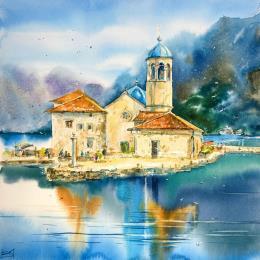
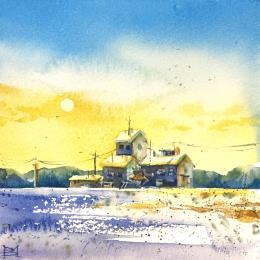
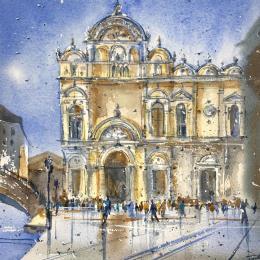
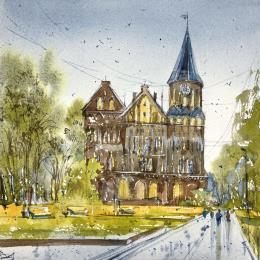
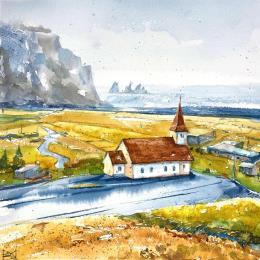

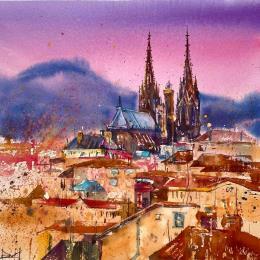
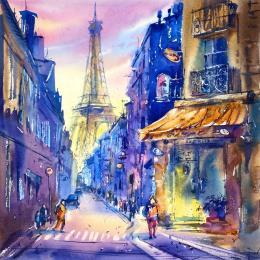

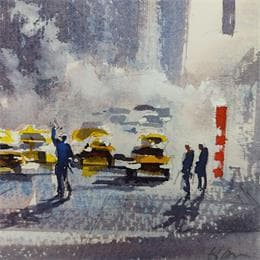
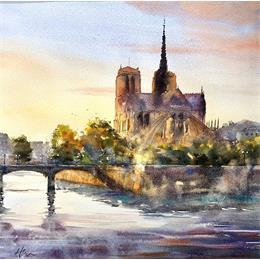
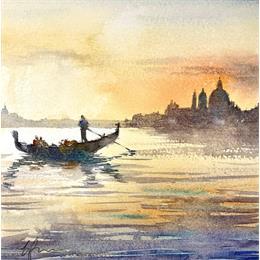
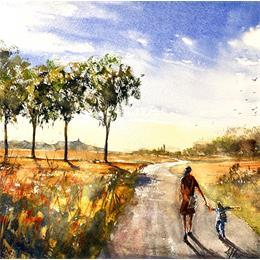
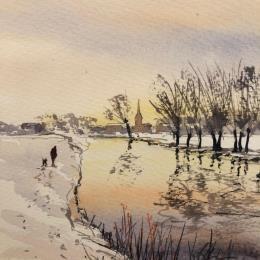
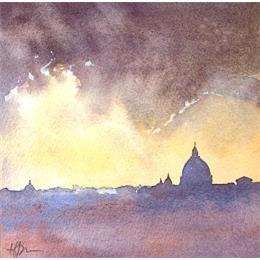
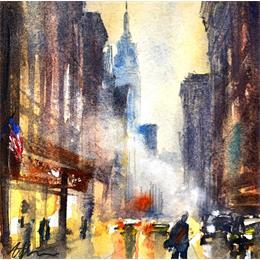
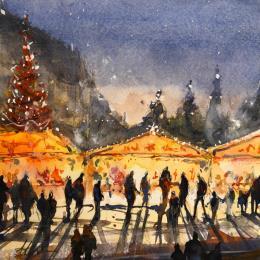
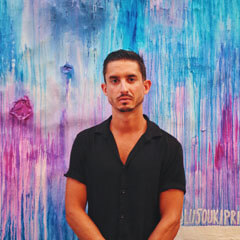
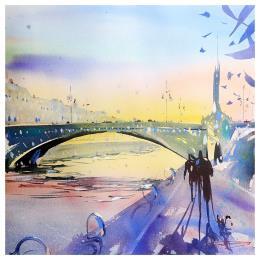

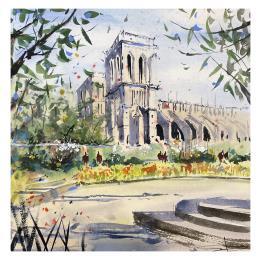
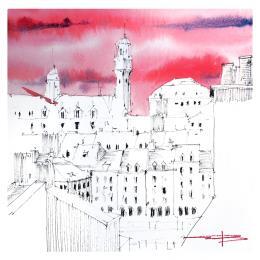
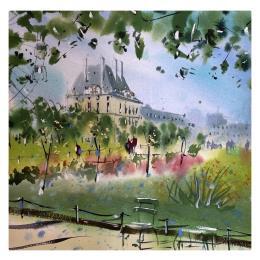

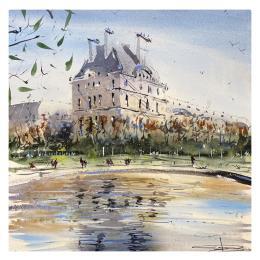
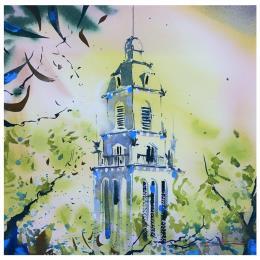

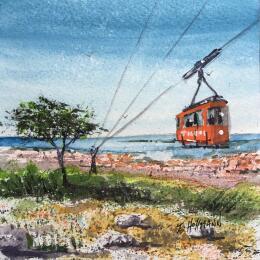

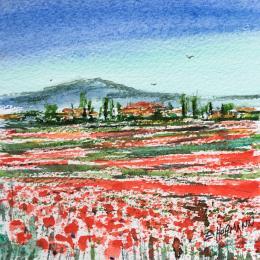

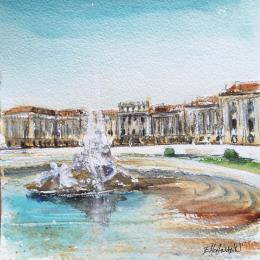
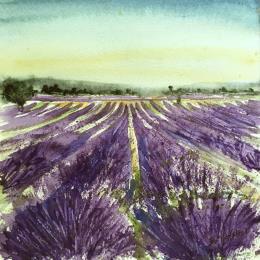

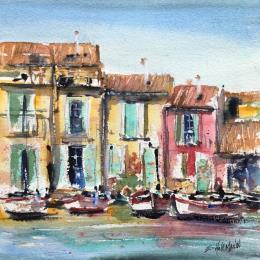
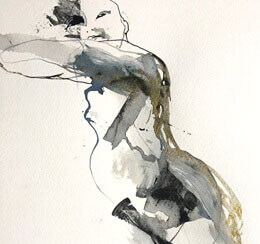


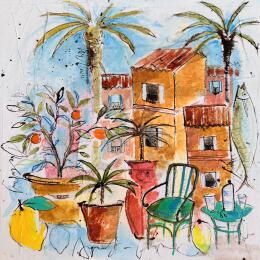
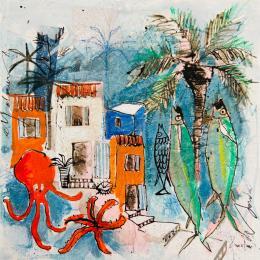
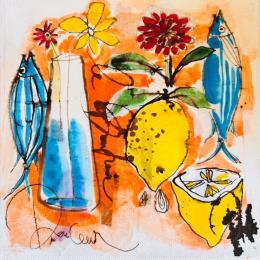
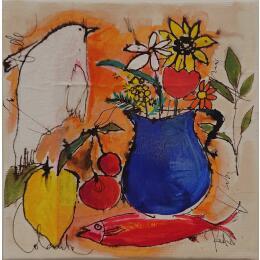
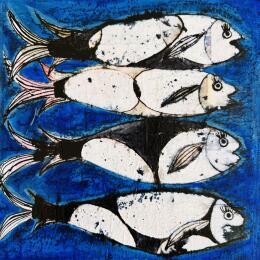


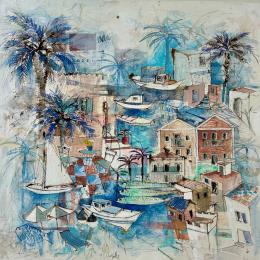
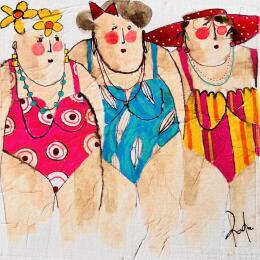
2.jpg)

